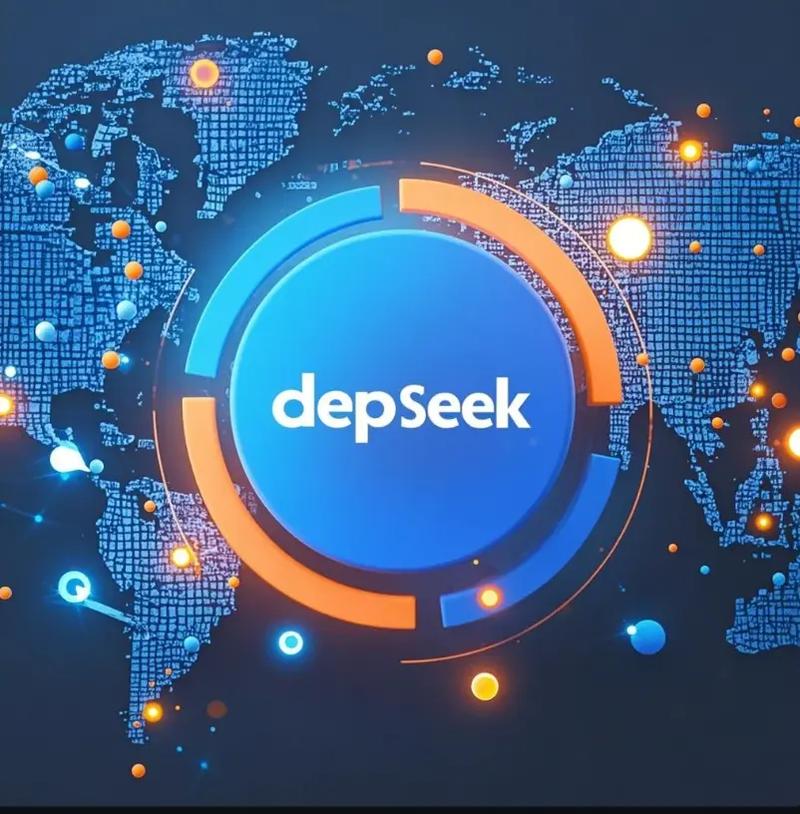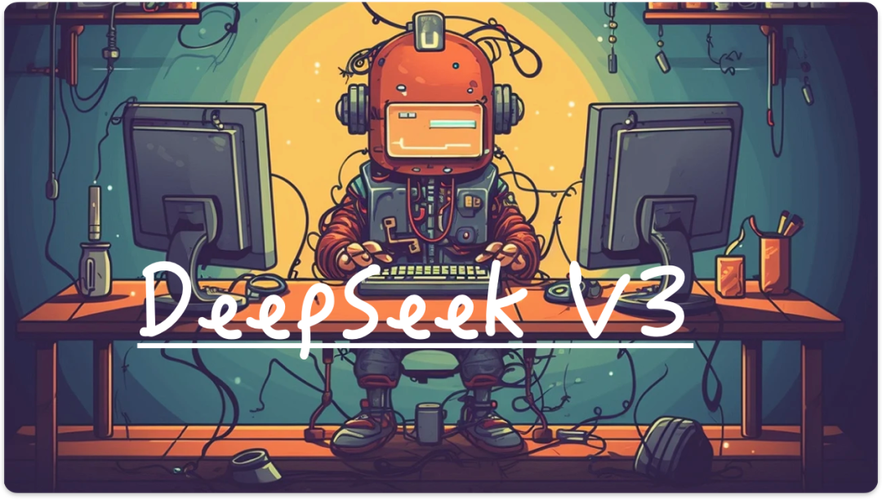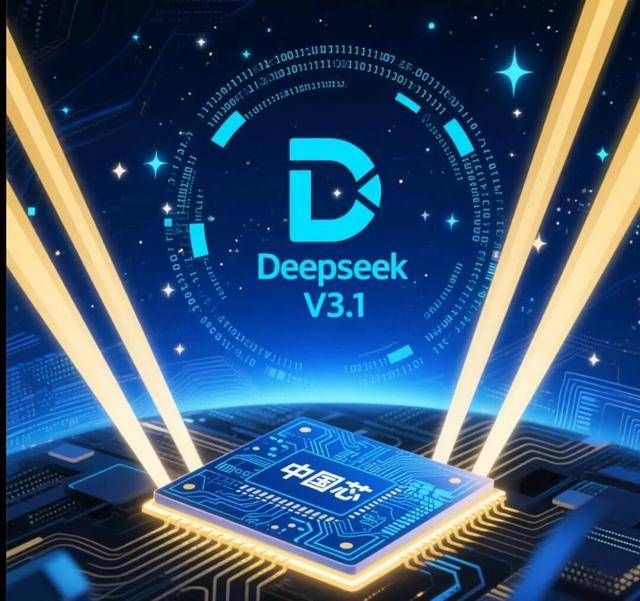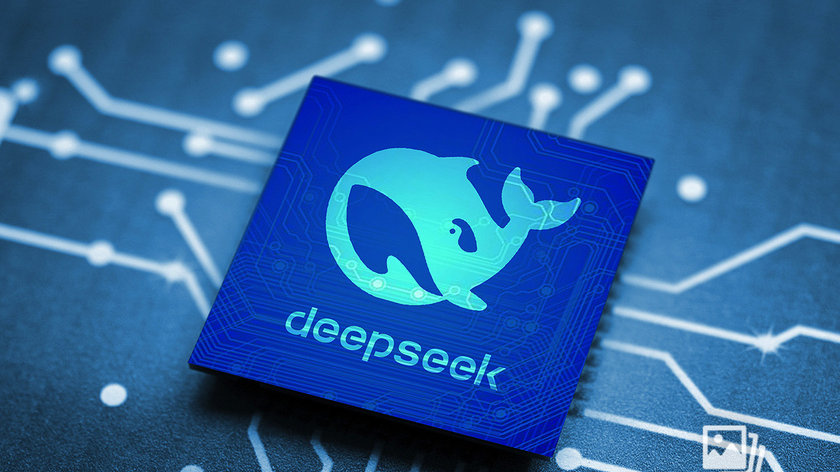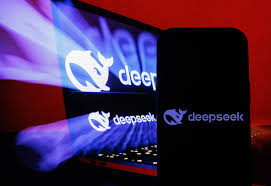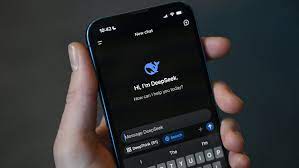From Laughter to Leadership: How Google Transformed from AI Underdog to Industry Powerhouse in Just Two Years
Introduction: From the Butt of the Joke to the Top of the Game
Just two years ago, Google’s position in the AI race appeared surprisingly fragile. Despite pioneering breakthroughs like TensorFlow and Transformer architecture, the company was mocked for its slow, bureaucratic approach. Critics labeled Google as complacent, outpaced by nimble competitors like OpenAI and Anthropic.
Fast forward to today—and the tone has completely changed.
Google is no longer playing catch-up. Instead, it has emerged as a dominant force in AI, armed with some of the most powerful models, integrated products, and research innovations on the planet. So how did a tech giant that was the subject of mass ridicule become the AI dark horse no one can afford to ignore?
This article explores how Google pulled off this stunning reversal—covering its failures, strategic pivots, product breakthroughs, and long-term vision for artificial intelligence.
Table of Contents
-
Google’s Early Dominance in AI Research
-
The Fall from Grace: How Google Lost Momentum
-
The Rise of OpenAI and the ChatGPT Shockwave
-
The Criticism Google Faced (And Why It Was Valid)
-
The Inflection Point: Launch of Bard and Gemini
-
Strategic Shifts Inside Google
-
The Role of DeepMind: From Research Lab to Strategic Weapon
-
PaLM, Gemini, and Multimodal AI
-
Integration Across Google Products (Search, Docs, Android)
-
The Power of Infrastructure: TPUs, JAX, and Gemini Nano
-
Google's Unique Strength: Full-Stack AI
-
The Cultural Reboot at Google AI
-
How Google Changed the Narrative
-
Perception vs Reality: Media, Memes, and Misjudgment
-
Why Google’s AI Approach is Different
-
Current Competitive Landscape: Google vs OpenAI, Meta, Anthropic
-
Google’s Long-Term AI Vision: Beyond the Hype
-
Case Study: Gemini 1.5 and the 1M Context Window
-
Challenges Google Still Faces
-
Final Thoughts: What Google’s Comeback Means for the Future of AI
1. Google’s Early Dominance in AI Research
Few remember that Google was once the king of AI. The Transformer architecture, which underpins ChatGPT and many others, was introduced in a 2017 Google paper: "Attention is All You Need."
Other contributions:
-
TensorFlow: Now an industry-standard ML framework
-
BERT: Revolutionary NLP model for search
-
DeepMind: Leader in reinforcement learning (AlphaGo, AlphaFold)
-
TPUs: Custom AI chips for high-performance model training
Google helped lay the foundation for the current AI boom. But it wasn’t prepared to lead the explosion that followed.
2. The Fall from Grace: How Google Lost Momentum
By 2022, the narrative had shifted. Google was:
-
Over-cautious about releasing AI products
-
Slow-moving due to internal bureaucracy
-
Struggling with internal alignment between DeepMind and Google Brain
Meanwhile, OpenAI released ChatGPT, setting the internet on fire. Google’s only response at the time was whispers about an internal chatbot named “Bard.”
Public sentiment turned: “Google is behind. It’s lost its edge.”
3. The Rise of OpenAI and the ChatGPT Shockwave
OpenAI’s launch of ChatGPT in late 2022 was a seismic event.
Suddenly, conversational AI was:
-
Accessible
-
Viral
-
Useful
Within two months, ChatGPT had over 100 million users. Microsoft integrated OpenAI’s models into Bing and Office. Google appeared flat-footed. Investors and users alike began asking: Where is Google’s answer?
4. The Criticism Google Faced (And Why It Was Valid)
The ridicule wasn’t baseless:
-
Google had better models (LaMDA, PaLM) but didn’t release them.
-
Fear of reputational harm (remember the “AI sentience” controversy?) froze deployment.
-
Legal, PR, and product teams were misaligned.
-
Internal divisions between research and product teams created silos.
Memes spread online: “Google is the smartest company with nothing to show.”
5. The Inflection Point: Launch of Bard and Gemini
Everything changed in 2023.
Google officially launched Bard, a conversational AI powered by LaMDA and later upgraded to Gemini—a completely new multimodal model family.
Despite a rocky start (remember Bard’s factual error at launch?), Google iterated quickly, learning from mistakes and pushing fast updates.
By 2024, Bard had evolved into Gemini, with features that rival—and in some cases exceed—those of ChatGPT.
6. Strategic Shifts Inside Google
Key moves that turned the tide:
-
Unified AI division: Google Brain and DeepMind merged into Google DeepMind
-
New leadership: Demis Hassabis (DeepMind co-founder) now oversees Gemini
-
Aggressive hiring: Google poached top talent and retained its core research strength
-
Redesigned product roadmaps: AI became central across all teams
The result: an organization that could move fast without breaking everything.
7. The Role of DeepMind: From Research Lab to Strategic Weapon
DeepMind had always been a crown jewel, but mostly focused on academic achievements.
That changed when DeepMind:
-
Took the lead on Gemini model development
-
Focused on real-world deployment, not just publications
-
Collaborated directly with product teams (Pixel, Workspace, Cloud)
DeepMind went from lab to battlefield, and it paid off.
8. PaLM, Gemini, and Multimodal AI
While OpenAI built on GPT, Google evolved through:
-
PaLM: Large language model for general reasoning
-
Gemini 1: The first fully multimodal model, trained from scratch on text, images, audio, and code
-
Gemini 1.5: Introduced 1 million token context window, blowing past GPT-4's limits
Gemini isn't just text-based—it can understand images, spreadsheets, video, and code natively.
9. Integration Across Google Products (Search, Docs, Android)
Unlike OpenAI, Google has a vast product ecosystem:
-
Search: AI Overviews powered by Gemini
-
Gmail: Smart replies, summaries, writing assistant
-
Docs & Sheets: AI-driven productivity tools
-
Android: Gemini Nano on-device AI
-
Chrome: AI tab organization, web assistant
-
Google Cloud: Vertex AI with Gemini Pro
This tight integration gives Google a unique advantage: immediate distribution at global scale.
10. The Power of Infrastructure: TPUs, JAX, and Gemini Nano
Google doesn’t just build models—it builds the hardware and frameworks behind them:
-
TPUs (Tensor Processing Units): Designed specifically for AI workloads
-
JAX: Optimized Python library for accelerated machine learning
-
Gemini Nano: Optimized for mobile, enabling on-device AI without cloud dependency
This vertical integration lets Google train faster, deploy lighter, and scale globally.
11. Google's Unique Strength: Full-Stack AI
Google controls the entire AI stack:
-
Chips (TPUs)
-
Frameworks (TensorFlow, JAX)
-
Models (Gemini, PaLM)
-
Deployment platforms (Cloud, Android, Chrome)
-
Consumer interfaces (Search, Gmail, Assistant)
No competitor—OpenAI, Meta, Anthropic—matches this level of control and reach.
12. The Cultural Reboot at Google AI
Google also reformed its internal culture:
-
Rewarded shipping, not just research
-
Improved cross-team communication
-
Encouraged open releases (Gemini APIs, Google Labs)
-
Became more agile, user-focused
What was once a slow academic machine became a product-driven engine.
13. How Google Changed the Narrative
The tech world has a short memory.
Once Bard/Gemini began matching ChatGPT in capability—and surpassing it in some areas—public opinion shifted.
Media headlines began reading:
"Gemini 1.5 outperforms GPT-4 in long-context tasks"
"Google’s Gemini now integrated across Android and Workspace"
From being ridiculed, Google earned back respect—and fear.
14. Perception vs Reality: Media, Memes, and Misjudgment
Much of the early criticism was based on perception, not capability.
-
Google had world-class models but was cautious to release
-
OpenAI moved fast, gained attention, but faced scaling and legal issues
-
Gemini wasn’t late—it was mature on arrival
This is a key lesson: media cycles move faster than product cycles, and public perception can lag behind actual capability.
15. Why Google’s AI Approach is Different
Google plays a long game:
-
Invests in fundamental research
-
Builds scalable infrastructure
-
Focuses on ecosystem integration
-
Avoids short-term hype chasing
This cautious approach was mocked at first—but in 2024 and beyond, it looks strategic and sustainable.
16. Current Competitive Landscape: Google vs OpenAI, Meta, Anthropic
| Company | Strengths | Weaknesses |
|---|---|---|
| Full-stack integration, hardware, global reach | Bureaucratic legacy, risk-averse past | |
| OpenAI | Fast shipping, strong developer base | No platform, cloud dependent |
| Meta | Open-source LLMs (LLaMA), huge user base | Privacy concerns, weaker cloud |
| Anthropic | Constitutional AI, safety-first | Limited reach, narrow focus |
Google is uniquely positioned to scale responsibly, while still competing at the cutting edge.
17. Google’s Long-Term AI Vision: Beyond the Hype
Google sees AI as:
-
A utility, not just a chatbot
-
A core part of every product
-
A force for global impact (education, science, health)
Projects like Med-PaLM (medical AI), AlphaFold (protein modeling), and AI4Climate show that Google isn’t just chasing profits—it’s pushing AI for good.
18. Case Study: Gemini 1.5 and the 1M Context Window
Gemini 1.5 introduced the ability to process up to 1 million tokens in a single prompt.
Implications:
-
Upload entire books, videos, codebases
-
Get summaries, answers, and edits across long documents
-
Huge leap over GPT-4’s 128K token limit
This makes Gemini ideal for enterprise use, legal docs, video analysis, and scientific research.
19. Challenges Google Still Faces
-
Regulation: Governments are eyeing AI monopoly risks
-
Open-source pressure: Meta and Mistral are democratizing LLMs
-
User trust: Must avoid hallucinations and privacy violations
-
Competition: The AI arms race is far from over
Google must continue to ship fast, stay transparent, and keep innovating.
20. Final Thoughts: What Google’s Comeback Means for the Future of AI
Google’s story is a reminder that in AI, it’s not about who’s first—it’s about who can scale, sustain, and lead responsibly.
In two years, Google went from industry punchline to AI’s most formidable player. With Gemini, TPUs, and a reinvigorated team, Google is not just back—it’s now shaping the future of artificial intelligence.
The world laughed once. Now, no one is laughing—and no one can afford to look away.

